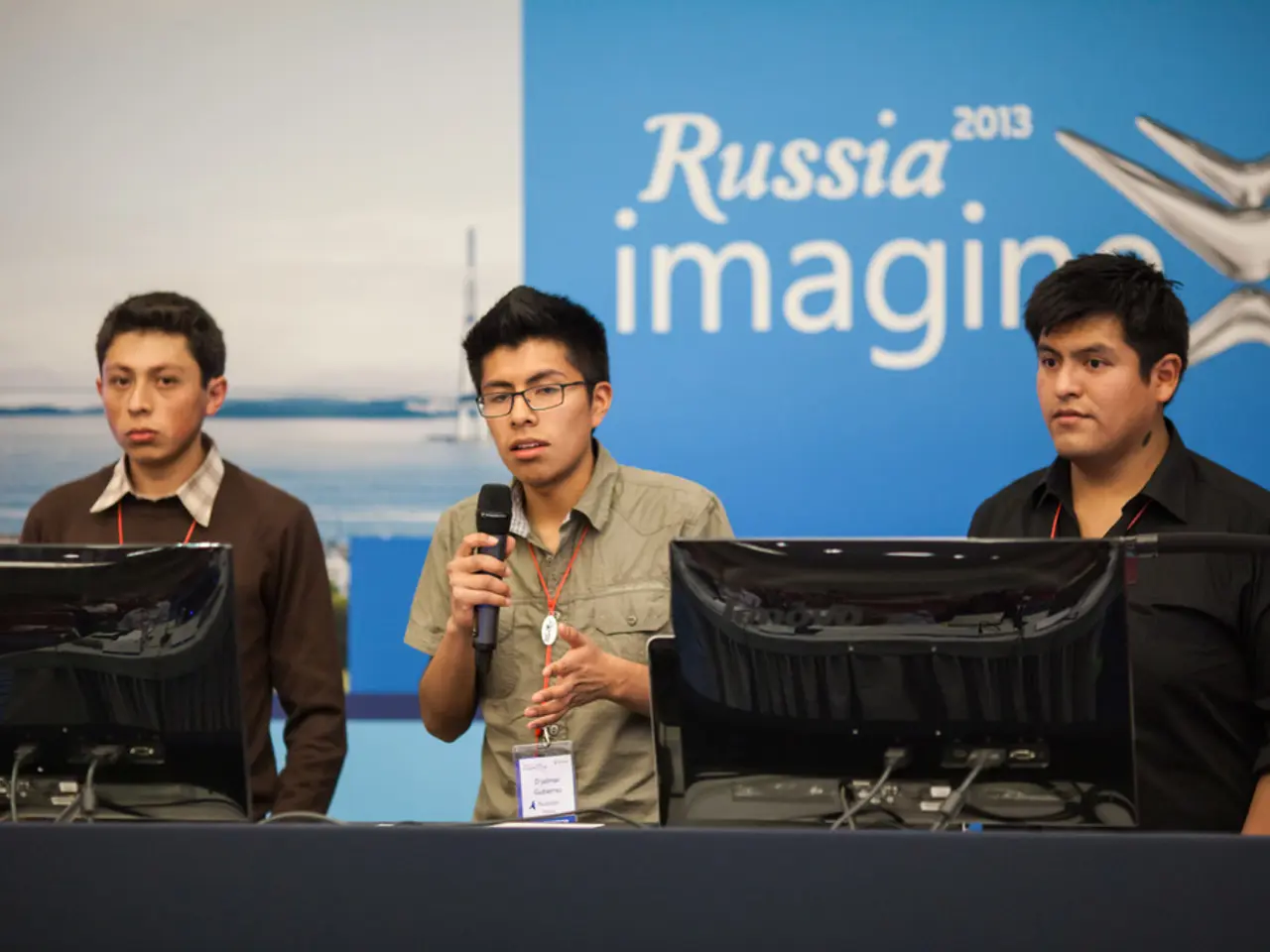Central Asia's Progress Over the Last 10 Years: Experts Highlight Growing Regional Collaboration in the C5+1 Context
Central Asia, a region rich in resources and strategic importance, has been navigating a complex geopolitical landscape over the past few decades. The economic development and regional cooperation in the region are interdependent, with increasing regional trade seen as a crucial factor for economic growth.
The C5+1 format, a multilateral dialogue initiated ten years ago, has served as a catalyst for stronger regional coordination. Comprising five Central Asian countries - Kazakhstan, Kyrgyzstan, Tajikistan, Turkmenistan, and Uzbekistan, together with the United States - this format has been instrumental in fostering a more integrated Central Asia. Without C5+, you don't have C5, according to foreign policy expert Cornell.
The idea for the Eurasian Union was first launched by Kazakhstan, with the regional cooperation and multilateralism in Central Asia now in a better state, according to experts. Broader interlinkages with the former Soviet republics were accomplished through the Commonwealth of Independent States (CIS) and later by the Eurasian Economic Union (EAEU).
The first president of Kazakhstan was a firm believer in intergovernmental institutions and shared problem-solving. His diplomatic approach has been emulated by the Central Asian countries, who have been managing their relationships with larger neighbors such as China and Russia carefully to avoid being dominated. George Krol, an adjunct professor at the U.S. Naval War College and a retired U.S. Foreign Service officer, believes that the Central Asian countries' diplomatic approach is nuanced, seeking their own interests without offending their neighbors.
The United States is likely to support multilateralism and united Central Asia, as it is not in the U.S.'s interest to see a disintegrated Central Asia. Major powers, such as China and Russia, are shifting their attitudes in favor of multilateral cooperation in Central Asia. The C5+1 format has been important for Central Asia's international position, as it helps the region be accepted by outsiders as a functioning cooperative entity.
After the dissolution of the Soviet Union, Central Asian countries were primarily focused on their national interests. However, rapid regional integration has been fostered due to a number of potentially existential threats, including the Russian invasion of Ukraine, the decline in oil prices, and currency devaluations. The Uzbeks erected fences towards their neighbors due to concerns about foreign terrorist attacks.
Kazakhstan and Uzbekistan, despite their differences in terms of economy, population, and territory, have been on the same page in recent years, which has progressed Central Asian cooperation. Krol praised the Central Asian countries for their ability to navigate conflicts between larger powers, stating that "when the elephants are fighting, they manage to not be trampled by all of them."
The C5+1 format meeting took place ten years ago, and since then, the region has seen significant progress in terms of regional cooperation and multilateralism. As the world continues to evolve, it will be interesting to see how Central Asia navigates its complex geopolitical landscape in the years to come.
Read also:
- Peptide YY (PYY): Exploring its Role in Appetite Suppression, Intestinal Health, and Cognitive Links
- Easing Pedestrian Traffic Signal Pressure
- Astral Lore and Celestial Arrangements: Defining Terms & In-Depth Insights - Historical Accounts & Glossary of Cosmic Mythology
- ICE directed to enhance detention conditions following NYC immigrants' allegations of maltreatment








